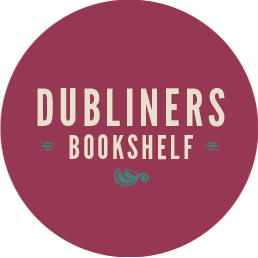A Textbook of Euclid’s Elements: Books I, II, and III
“It had always sounded strangely in my ears, like the word gnomon in the Euclid . . .”
-“The Sisters”” (D 9)
The word “gnomon” on the first page of Dubliners has attracted a significant amount of critical attention. The narrator of the “The Sisters” understands the word from his study of Euclid. Joyce’s Trieste library contained a Euclidian textbook that advertises itself as “for the use of schools.”
Inside this textbook by H.S. Hall and F.H Stephens, a discussion of the gnomon concept can be found on page128. As David Weir has observed, Hall and Stephens’s text describes the Euclidian concept not as “slanted and incomplete” but as related to formation as well as expansion and contraction (347-8). This reading of the gnomon, based on the diagrams and proofs of Hall and Stephens, bring an additional richness to the gnomonic strategies of Joyce, which have often been perceived to be about fragmentation and absence.
The opening of National Schools in Ireland brought about a large demand for nondenominational textbooks. The Board of Commissioners of National Education controlled the selection of books to be used in schools, and state subsidies ensured that these texts were sold at prices far lower than those produced by commercial educational publishers. Irish printed school books eventually flooded schools in Scotland and England, as well as Ireland. However, in 1852 the production of textbooks was opened to the commercial market at the request of large London publishing houses. This move improved the fortunes of publishers such as Macmillan and Co., which published Hall and Stephens’s Euclid textbook (Walsh 338-9).

